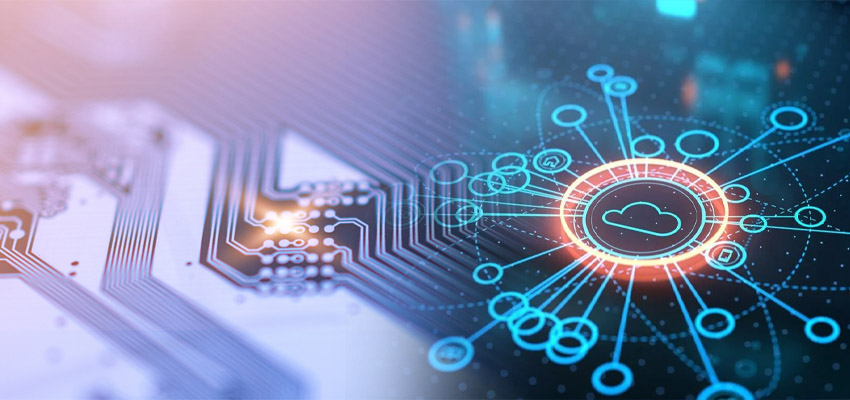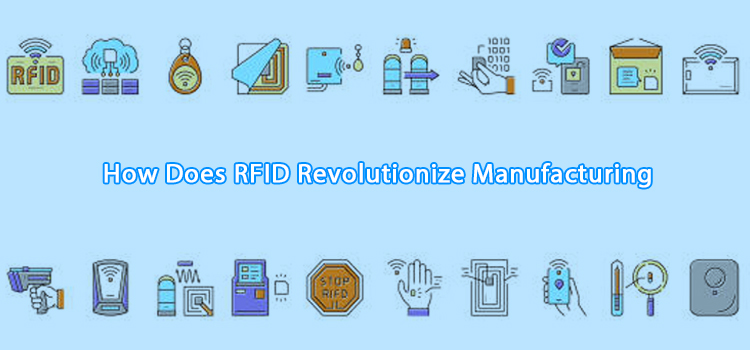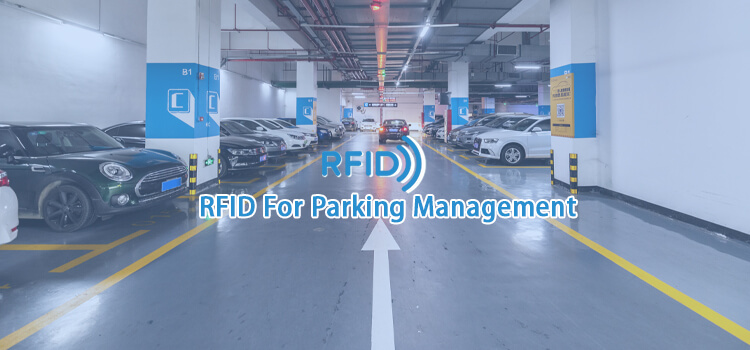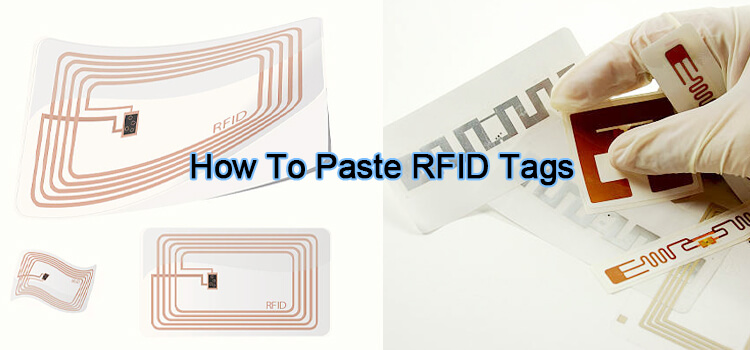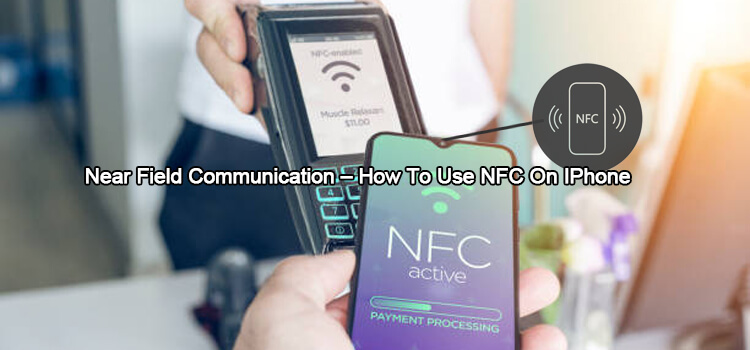RFID technology is a means of transmitting information wirelessly, while IoT is a network of connected devices that can collect, exchange, and act on data. RFID technology can be used as a component of an IoT system, but is not the same as IoT.
While RFID technology is a key component of many IoT applications, it is not the only technology used in IoT. Other technologies, such as Bluetooth, WiFi, and cellular networks, can also be used to connect devices to the internet and enable IoT functionality.
What is RFID?
RFID stands for radio-frequency identification. It is a technology that uses radio waves to identify and track objects. An RFID system consists of a small chip or tag that contains a unique identification code, and a reader or scanner that can transmit and receive radio signals. The tag can be attached to an object, and the reader can use the unique identification code to identify and track the object. RFID is often used for tracking and identifying objects in supply chain management, inventory control, and security systems.
What is Iot?
IoT stands for the Internet of Things. It refers to the growing network of physical objects that are connected to the internet and can collect and exchange data. These objects, often called “smart” objects, can include things like appliances, vehicles, and other devices that have been equipped with sensors, software, and other technologies that enable them to connect to the internet and communicate with each other. The IoT allows these objects to collect and share data, which can be used for a variety of purposes, such as improving efficiency, increasing convenience, and enabling new types of applications and services.
Similarities of RFID and Iot
Both RFID and IoT involve the use of technology to identify, track, and communicate with objects. In both cases, this is done using unique identification codes and radio waves or other forms of communication. Both technologies are also used in a variety of applications, such as supply chain management and inventory control. Additionally, both RFID and IoT can be used to collect and exchange data, which can be used for a variety of purposes.
Differences between the RFID and Iot
While there are some similarities between RFID and IoT, there are also some important differences. One key difference is the scope of each technology. RFID is primarily used for identifying and tracking objects, whereas IoT encompasses a wider range of technologies and applications. IoT involves the use of sensors, software, and other technologies to enable physical objects to connect to the internet and communicate with each other. This allows for the creation of complex systems and applications that go beyond simple identification and tracking.
Another difference is the way that RFID and IoT systems are used. RFID is often used for applications that require a high level of accuracy and precision, such as inventory control in a warehouse. In contrast, IoT systems are often used for applications that require a larger number of devices or a wider geographic area, such as a smart home or a connected city.
Additionally, RFID and IoT systems can use different types of communication technology. RFID typically uses radio waves, while IoT can use a variety of communication technologies, including Wi-Fi, Bluetooth, and cellular networks. This means that IoT systems can be more flexible and can support a wider range of applications and devices.
How RFID and IoT can work together
RFID (Radio Frequency Identification) and IoT (Internet of Things) can work together to provide an efficient, secure and cost-effective system for tracking and monitoring physical items. RFID tags, which contain a unique identifier, can be attached to any item and can be read by an RFID reader. The reader then transmits the data to an IoT device, which can then be used to monitor the item’s location, condition, and other vital information. The data gathered can be used to automate processes such as inventory control, asset tracking, and security.
For example, an RFID reader can be used to track the movement of a shipment of goods from one location to another and the IoT device can then be used to alert the recipient when the shipment arrives. This type of system can also be used to monitor the condition of items in a warehouse or other facility, and alert staff when a problem arises. By combining RFID and IoT technologies, businesses can gain greater control over their operations and improve their efficiency.

